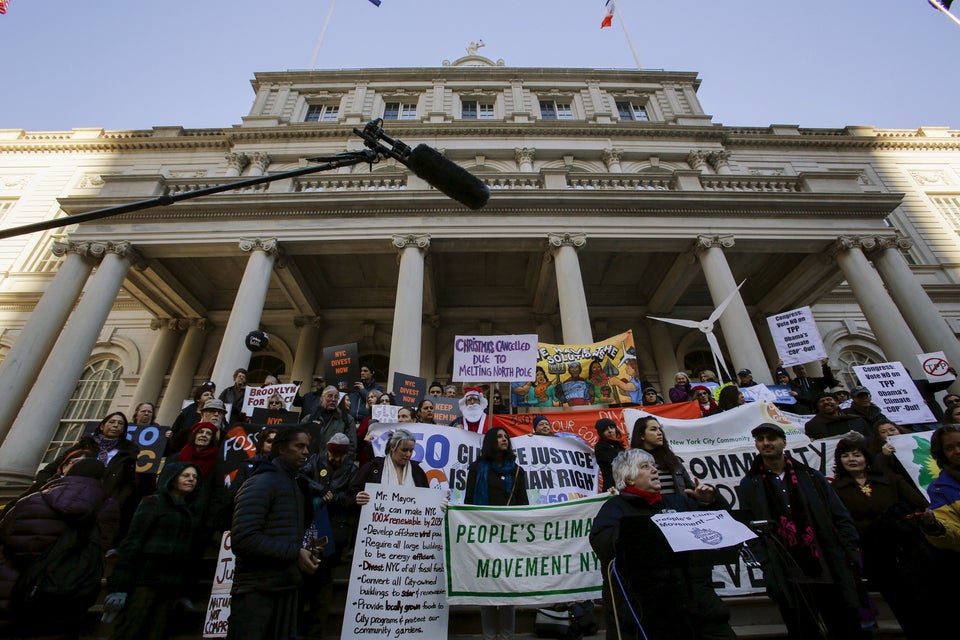Calling it a “disaster,” President Donald Trump signed an executive order last week to dismantle the controversial Waters of the United States rule.
Trump instructed the Environmental Protection Agency and the Army Corps of Engineers to review and reconsider the rule, also known as WOTUS or the Clean Water Rule. But he did not mention that rolling back the provision could put at risk the health of 117 million Americans, the well-being of plant and animal species ― including endangered ones ― and the protection of critical habitats. The economic risks could also be significant.
The story of the Clean Water Rule dates back to a sweltering summer day in 1969 when Ohio’s Cuyahoga River, a tributary of Lake Erie, became so polluted with sewage and industrial waste that it burst into flames.
The disaster sparked an environmental revolution in the U.S. It helped lead to the establishment of the EPA in 1970 and the passage of the Clean Water Act in 1972, which gave the federal agency the authority to limit pollution in “navigable waters.”
The law was a game-changer for America’s large water bodies, including the Cuyahoga, which went from burning to “gleam[ing]” by the late 1980s.
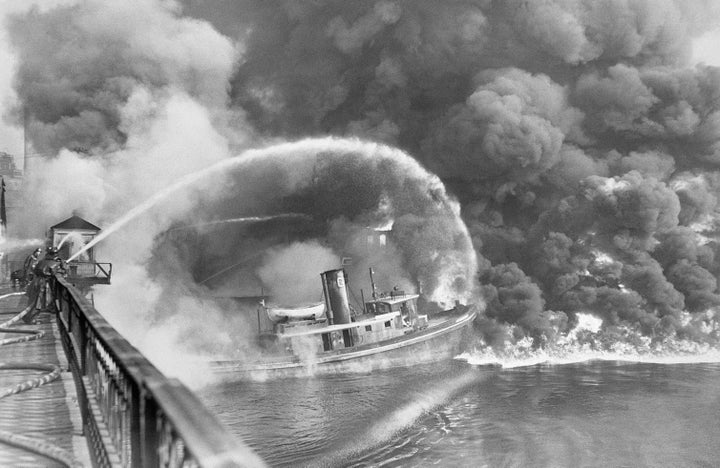
But despite its effectiveness, the Clean Water Act was shrouded in ambiguity for many decades. Large bodies of water like rivers, lakes and the ocean were uncontroversially subject to the regulation. But when it came to smaller or intermittent bodies of water (according to the EPA, almost 60 percent of all streams in the continental U.S. flow only seasonally or after storms), there was confusion as to whether the law should apply.
Would seasonal streams or ephemeral ones (those that flow partly underground), for example, be covered by the Clean Water Act? How about smaller wetlands and ponds?
The questions about the law came to a head in 2006, when the Supreme Court took up a case regarding a Michigan landowner who wanted to fill in wetland areas on his property to build a shopping center. In a split decision, a plurality of the court ruled that a waterway must have a “continuous surface connection” with a “water of the United States” to qualify for protection under the Clean Water Act. But it wasn’t a majority ruling, and the justices disagreed on how to define those connections ― essentially kicking the issue back to the lower courts to figure out.
Determining which smaller bodies of water should qualify for protection is an important legal question, but it is also critical in ensuring that the Clean Water Act actually works. Bodies of water great and small are, after all, often interconnected. “Pollution that enters these smaller bodies of water often flows into larger bodies or underground aquifers that may be sources of drinking water,” Michael Gerrard, an environmental law professor at Columbia University, explained.
For that reason, the Obama EPA undertook what ended up being a mammoth effort to clarify the law. After issuing a draft proposal in 2011, the agency released its final Clean Water Rule ― an attempt to clarify the original Clean Water Act ― in 2015. It was the result of more than 400 stakeholder meetings, along with the review of more than 1 million public comments and over a thousand scientific articles.
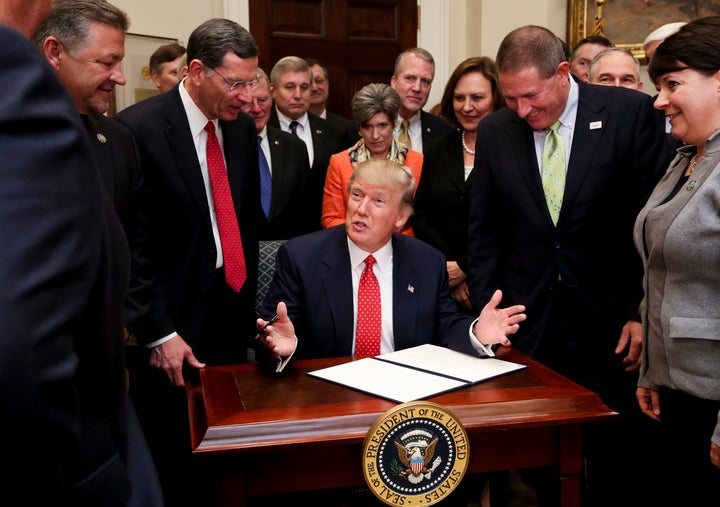
‘Victory For All Americans’
The 2015 rule outlined which bodies of water would be automatically protected by the Clean Water Act. Naturally, large bodies like lakes and rivers were listed, but the rule also included streams (intermittent and ephemeral ones too), ponds and other, smaller features that have connections to these bigger, “navigable” waterways. According to ThinkProgress, the rule extended protection to 2 million miles of streams and 20 million acres of wetlands that hadn’t been clearly covered under the original federal law.
Under the new rule, anyone — developers, landowners, farmers, golf course owners and so on — who wanted to discharge pollutants into these smaller bodies of water, or dredge or dirt-fill them, would need to get a permit. Protecting these features, explained the EPA, was critical to ensuring the health of downstream waters, and the well-being of people, habitats, species and industries that depend on them. “We need clean water upstream to have clean water downstream where we live, work and play,” the agency said on its website.
At the time, many environmentalists celebrated the rule’s release. “The Clean Water Rule is a victory for all Americans,” Chris Espinosa, a clean water policy advocate for Earthjustice, said in 2015. “Today... is a new day for clean water.”
Not everyone, however, was pleased with the provision. It received condemnation from farmers, the U.S. Chamber of Commerce and real estate developers, among others. The rule is now tied up in courts, as some 31 states, businesses and agricultural groups argue that it is an example of federal overreach and a threat to industry.
Both Trump and his EPA administrator, Scott Pruitt, have vowed to eliminate it.
But the effects of the rule’s repeal could be devastating, several environmental and outdoor groups have warned.
Tossing out the rule would be “an unmitigated disaster for fish and wildlife, hunting and fishing, and clean water,” said Chris Wood, president of the conservation group Trout Unlimited, in a statement last week.

Coming full circle, repealing the rule could also endanger Lake Erie and its tributaries, including the Cuyahoga River.
Jeff Reutter, special adviser for Ohio Sea Grant, a program dedicated to the protection of the Great Lakes, warned last week that without EPA oversight and rigorous regulations to protect America’s water bodies, Lake Erie’s pollution levels could return to what they were “decades ago.” The lake is already experiencing alarming levels of pollution, largely from agricultural runoff. In 2014, a massive algal bloom in Lake Erie caused 400,000 residents of Toledo, Ohio, to lose access to their drinking water.
Former U.S. EPA Administrator Gina McCarthy said in December that those examples show exactly why the Clean Water Rule is so necessary. “We need to begin with protecting our source waters, because if we do not, the expense of treating those waters before they get to consumers as drinking water supply is simply going to escalate up and up and up,” she said. “Source water protection is one of the key reasons why the Clean Water Rule is so important.”
Here’s some of what could be at risk if the rule is thrown out:
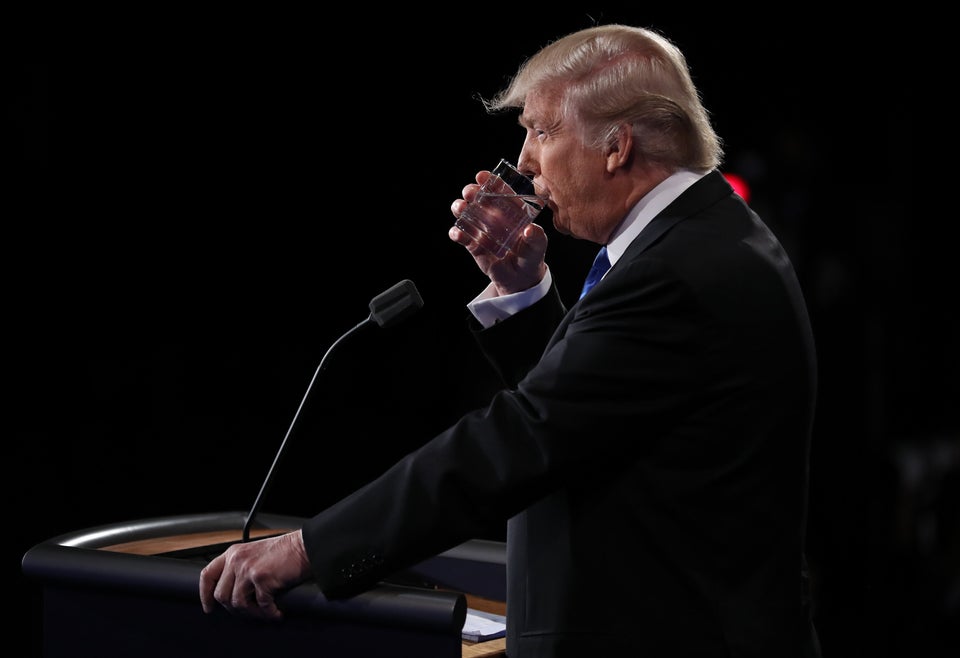
More than one-third of Americans get at least some of their drinking water from small streams, according to the report. More than 72 million Americans rely on small streams for more than halfof their water.
In 21 different states, small streams were found to provide drinking water for 1 million or more people. More than 5 million people in New York, Pennsylvania and Texas get drinking water from small streams, said the EWG, as do more than 3 million people in Arizona, California, Georgia, Maryland, North Carolina and Ohio.
"Small streams are where big rivers start, and the best science confirms that dirty streams means even dirtier rivers,” EWG said in a statement. “Undermining, weakening or rescinding [the Clean Water Rule] is a gift to corporate polluters and Big Ag, and a threat to public health and the environment.”
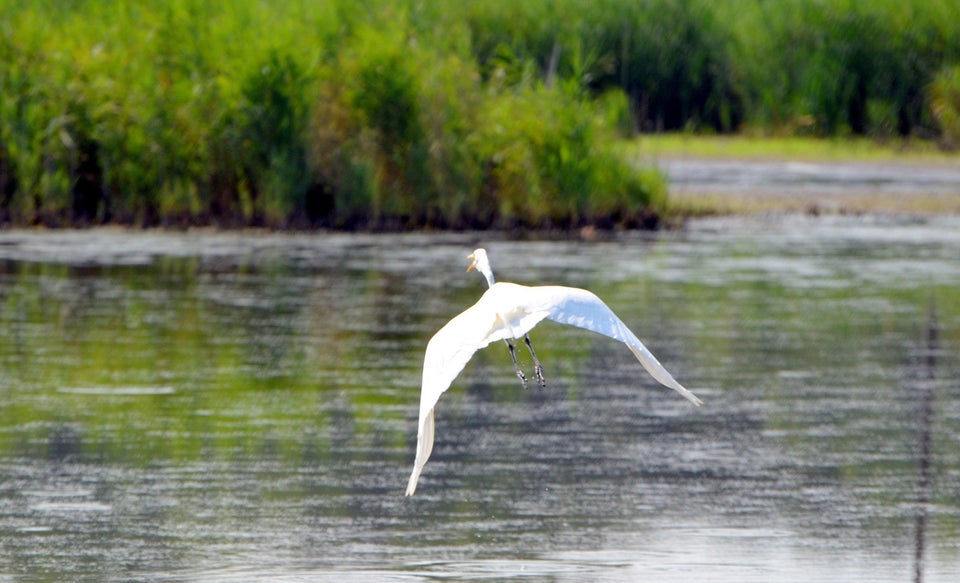
Some of the nation’s birds, for example, could be at risk. According to the National Audubon Society, many of the water features covered by the Clean Water Rule are “crucially important for birds.”
Take prairie potholes, a type of wetland found mostly in the Upper Midwest. Millions of waterbirds flock to those bodies to “take advantage of the buffet available” there, said Alison Holloran, executive director of Audubon Rockies, in a recent statement.
Fish, including salmon and trout, could also be threatened.
“Salmon and trout don’t just live in big rivers and lakes, they often spawn in small streams, some of which go completely dry during the summer, and those same streams act as nurseries for young fish during the wet months,” said Rob Masonis, Trout Unlimited’s vice president of Western conservation. “If we don’t protect small headwater streams and the wetlands that feed them, we imperil our fisheries and undermine the enormous investments we have made to recover salmon and steelhead in the Pacific Northwest.”
If the Clean Water Rule is repealed, millions of acres of wetlands would no longer be under the protection of the Clean Water Act. Wetlands are among the most productive ecosystems on Earth. One-third of the country’s threatened and endangered species live only in wetlands, according to the EPA.
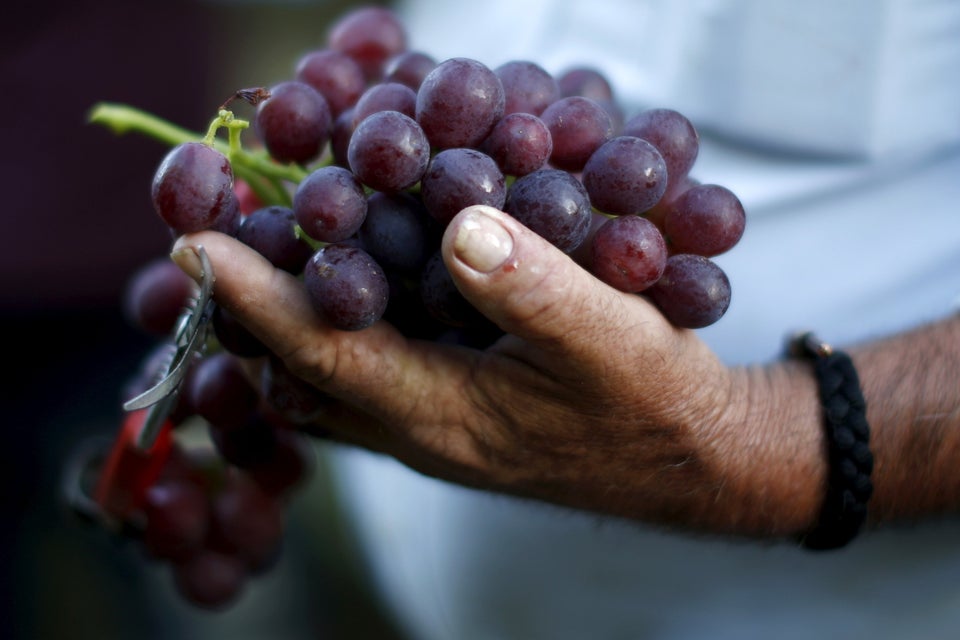
Water pollutants can affect crop production and the health of seafood and livestock. Troublingly, persistent pollutants -- those that remain active for a long time, like heavy metals and pesticides -- accumulate as they move up the food chain, Ajami explained. “This is important to us human beings since we are at the top of the food chain and bioaccumulation can ultimately impact our health and wellbeing. That is why source protection is extremely important, because it can be very hard to [get] rid of some of these chemicals and pollutants.”
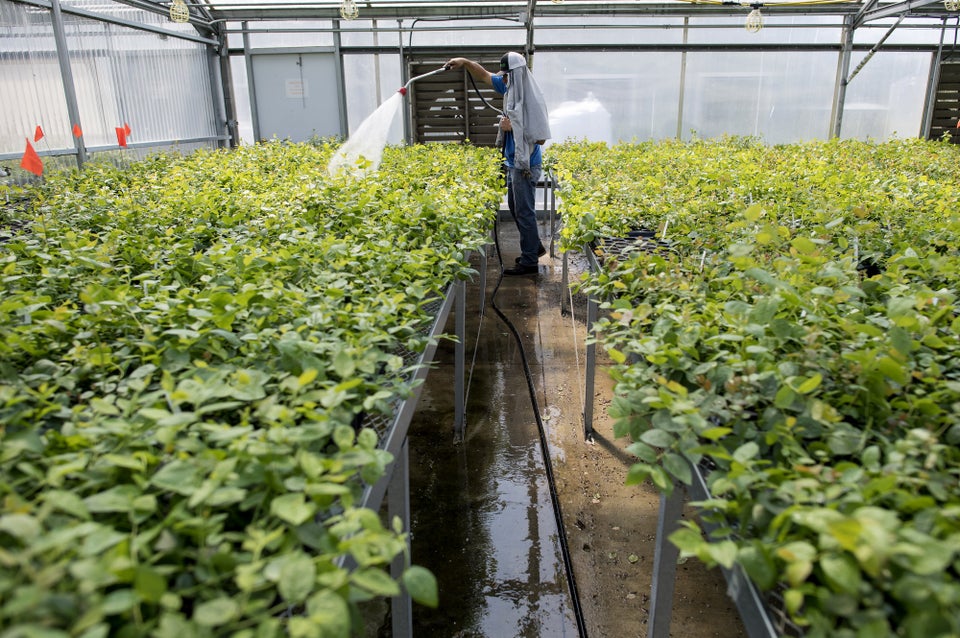
The EPA, under the Obama administration, has said that clean water is necessary for business. "Tourism, fishing, recreation, energy production, manufacturing and other industries that depend on clean water add billions of dollars to our economy every year,” the agency says in a promotional poster on its website. "Farms depend on clean water for irrigation, crops and livestock."
Despite opposition from some agricultural groups, former EPA Administrator Gina McCarthy said the Clean Water Rule is a boon to farmers and ranchers, not a burden. “We will protect clean water without getting in the way of farming and ranching,” McCarthy told the National Farmers Union in 2015. “Normal agriculture practices like plowing, planting, and harvesting a field have always been exempt from Clean Water Act regulation; this rule won’t change that at all.”
Recreational industries, like hunting and sport fishing, could be especially hard-hit by a Clean Water Rule repeal.
“The health of fish and wildlife habitat is the infrastructure of an outdoor recreation industry that fuels $646 billion in annual spending and supports more than 6 million American jobs,” said the Theodore Roosevelt Conservation Partnership in a statement supporting the Clean Water Rule.
"Sportsmen will not settle for watered down protections or negligence for the habitat that supports the fish and wildlife we love to pursue,” said the group's president, Whit Fosburgh.
According to the EPA, water sports like paddling could also be imperiled. Paddling is a sport enjoyed by almost 20 million people annually in the United States. Nearly $90 billion is spent on the sport each year.
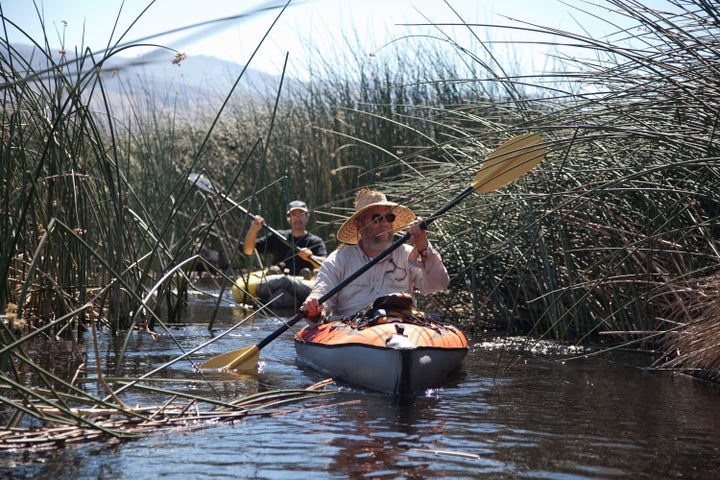
What Happens Next?
Even though Trump has signed the executive order, the Clean Water Rule isn’t going away any time soon.
The order merely allows Pruitt and the EPA to begin the lengthy rulemaking process ― which includes a public comment period ― to kill the rule and find a possible replacement. (According to The New York Times, the whole process could take more time than Trump has left in his first term.)
Still, environmentalists say they are concerned about what the order could mean for America’s waters, a significant share of which remain unprotected as the rule languishes in the courts and faces the chopping block under Trump.
“The [executive order] is certainly a statement about the administration’s goals,” the Audubon Society’s Meghan Bartels wrote last week. “The continuing ambiguity means it’s hard to know exactly what changes will come about, or when they’ll begin. But the Trump administration’s intent is clear: to reverse Obama-era environmental protections no matter what, even if they have been effective at protecting avian and human life.”
______
Dominique Mosbergen is a reporter at The Huffington Post covering climate change, extreme weather and extinction. Send tips or feedback to dominique.mosbergen@huffingtonpost.com or follow her on Twitter.


